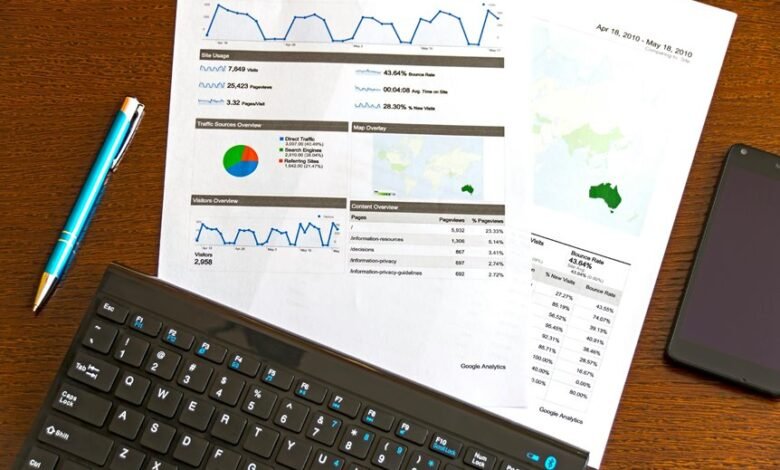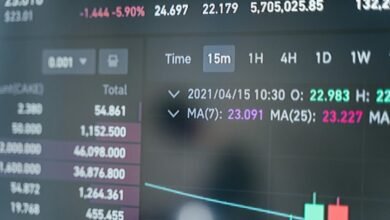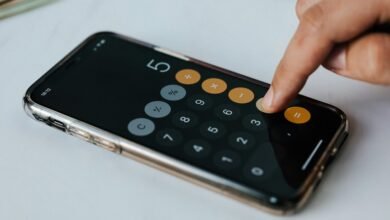Check Number Authenticity Report 3275993425 3299820949 3510034243 3887562667 3501379965 3317084825

The Check Number Authenticity Report presents a meticulous evaluation of several check numbers, including 3275993425 and 3299820949. Each check underwent a rigorous assessment to uncover potential irregularities that could indicate fraudulent activity. By analyzing security features and comparing them with bank records, insights into the reliability of these checks emerge. However, the findings also raise questions about how effectively institutions can combat increasingly sophisticated counterfeit methods. What measures can be implemented to enhance security?
Overview of Check Number Authenticity
Although checks have long been a staple of financial transactions, the authenticity of check numbers remains a critical concern in preventing fraud.
Effective check verification processes are essential to safeguarding against counterfeit instruments. By analyzing check number formats and patterns, financial institutions can enhance fraud prevention efforts, ensuring that legitimate transactions are processed while minimizing risks associated with fraudulent activities.
Detailed Analysis of Each Check
The examination of each check involves a meticulous review of its components to ensure authenticity and compliance with standard practices.
This process includes check verification techniques that scrutinize serial numbers, signatures, and magnetic ink character recognition.
Such detailed analysis is crucial for effective fraud detection, allowing stakeholders to confidently assess the legitimacy of each transaction and maintain financial integrity in their dealings.
Common Signs of Fraudulent Checks
Identifying fraudulent checks requires awareness of various warning signs that may indicate a lack of authenticity. Common indicators include discrepancies in check formatting, missing security features, and unusual signatures.
Additionally, checks issued from unfamiliar institutions or for unexpected amounts can raise red flags. Effective fraud detection is essential for maintaining financial security, allowing individuals to safeguard their assets against deceitful practices.
Best Practices for Verifying Check Authenticity
Verifying check authenticity demands a systematic approach that minimizes the risk of fraud.
Effective check verification involves scrutinizing the check’s physical features, including watermarks and microprinting. Additionally, cross-referencing the issuing bank and account details can further ensure legitimacy.
Implementing these practices enhances fraud prevention, empowering individuals to safeguard their financial transactions and maintain their freedom from fraudulent activities.
Conclusion
In conclusion, the meticulous examination of check numbers 3275993425, 3299820949, 3510034243, 3887562667, 3501379965, and 3317084825 reveals a tapestry of security intricacies woven to thwart deceit. By recognizing the subtle signs of fraud and adhering to best practices, financial institutions can fortify their defenses against counterfeit threats. Ultimately, this vigilant scrutiny transforms the landscape of financial transactions into a fortress, safeguarding trust and integrity in the realm of commerce.





